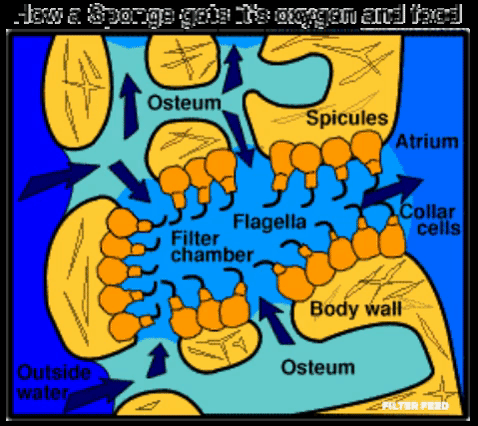

Mueller’s freshwater sponge (one of the most common sponges in North America) has also been found in abundance in shallow pools or light riffles in a second section of South Fork Quantico Creek and in the North Fork of Quantico Creek. However, the freshwater sponge species Ephydatia muelleri (Mueller’s freshwater sponge) has been observed since 2007 in Prince William Forest Park (PRWI) in South Fork Quantico Creek. But no sponges have been observed in these spots since.

NPS/Tonya Watts Sponges in National Capital Region Parksįreshwater sponges (species unidentified) were reported in the mid-1970s in Wolf Trap Creek at Wolf Trap National Park for the Performing Arts (WOTR), in Mine Run Branch near George Washington Memorial Parkway (GWMP), and Pimmit Run between GWMP and the Potomac River. National parks with current or historic freshwater sponge populations in the National Capital Region. Sponges can be identified to the species level only by examining the sponge’s gemmule structure with a microscope. They can reproduce sexually, or asexually when small pieces are broken off and grow into new sponges or when the sponge forms gemmules-tiny reproductive spheres that can overwinter and later hatch and form new sponges. For this reason, many people mistake freshwater sponges for algae, but sponges have a coarse texture, and are not slimy like algae.įreshwater sponges filter organic particles and bacterioplankton from water for food and also consume some products produced by their symbiotic algae. The species Ephydatia muelleri found in the National Capital Region (NCR) is often green because of algae that lives in the structure of the sponge. They are invertebrates (have no backbone) and do not have organs, but instead have specialized cells that help them filter water for food. NPS/Tonya Watts Basics of Freshwater Spongesįreshwater sponges are non-moving organisms that live at the bottom of water bodies.

Sponges can reproduce through these tiny round gemmules that can hatch to form new sponges.


 0 kommentar(er)
0 kommentar(er)
